We know and understand training is a non-negotiable when it comes to being a responsible dog owner – but what about management?
But what’s often underestimated is that Positive reinforcement training is about more than just rewarding our dog when they get it right to capture a specific behavior. It often requires more than just obedience commands. As a cornerstone of managing canine companions, it’s crucial to understand how to effectively use management in dog training to curb unwanted behavior and promote desirable behaviors. It’s not just about telling your dog what to do; it’s about understanding your dog’s behavior, embracing training sessions, and creating a conducive dog’s environment. Whether you’re dealing with a reactive dog, working on a new behavior, or fortifying a training plan with professional dog trainer advice, management plays a fundamental role.
In this blog post, we take you through the first steps and equip you with practical management tools and solutions. Dive into the techniques you can leverage to manage your fearful dog, and get expert advice on how to address more aggressive behaviors in group classes or individual training sessions. Different from teaching commands, this guide focuses on management strategies designed to bring about a significant impact on your dog’s emotional state, leading to a better-behaved dog and a harmonious coexistence. It’s a great way to ensure that the next time your dog is at the front door or the dog park, they exhibit an alternative behavior that makes you proud.
Stay with us as we share real-life examples of problem behaviors, and suitable management solutions for each. We’ll also delve into functional management techniques such as the use of a baby gate, head halter, or basket muzzle to prevent your dog from jumping on the coffee table or displaying other undesirable behaviors.
From the first place of interaction to managing aggressive dogs, our dog behavior management advice is guided by certified dog behavior consultants. It’s perfect for dog owners keen on creating a productive training program that aligns with their dog’s triggers and temperament. Let’s take the first step towards good management and a joyous dog-owner relationship. Stay tuned and let’s dive right in.

What Is Management In Dog Training?
In dog training, management refers to setting up an environment that guides your dog towards making desirable choices and behaviors and prevents them from performing unacceptable behaviors. It involves structuring your dog’s surroundings and interactions to limit opportunities for mistakes and bolster chances for success during the training journey.
Management in dog training can encompass a variety of strategies such as:
1. Supervision: Keeping a watchful eye over your dog, especially during initial stages of training or when introducing new behaviors or commands, as the saying goes, a stitch in time saves 9.
2. Environment Control: Adjusting your pup’s environment to minimize distractions and temptations that could lead to unfavorable behavior. This could involve removing chewable objects when teaching your puppy not to chew on furniture with appropriate puppyproofing, or using barriers or baby gates to prevent access to certain areas!
3. Preventive Measures: This could include measures like using a leash as a restraint when starting off-leash training or from jumping on guests, crate training to limit the dog’s access when unsupervised or using a muzzle to prevent scavenging when out on a walk.
By effectively managing your dog’s environment and routine, you can optimize their learning potential, set them up for success, and reinforce the desired behavior.

This playpen is a great one, we own the tall one and it holds up to our shepherds and coonhounds even though they're all fully grown. We've used it indoors and outdoors and it works a treat!

With two doors, this crate is a great choice for dog parents looking to contain their dog - for whatever reason!
Basics of Dog Training Management
Dog training management is a crucial cog in the wheel of effective dog training, but what exactly does it entail? At its core, dog training management involves strategies that modify a dog’s environment to prevent unwanted behaviors and encourage good ones. Whether it’s using a baby gate to control movement or laying out chew toys to deter destructive chewing, management tools are handy in guiding a dog’s behavior.
Successful dog training is more than just imparting commands; it’s about creating an environment that makes it easy for your dog to do the right thing and difficult for them to do the wrong thing. For instance, the use of a basket muzzle can be an effective management strategy for dogs prone to biting. A head halter can be a great option if you wish to manage aggressive behaviors, as it gives better control during walks or in the dog park.
Effective training management also revolves around setting clear boundaries and achieving consistency in the routine. Consistency and routine are key to managing reactive dogs, fearful dogs, dogs with separation anxiety, and dogs displaying aggressive behaviors.
Indeed, management is a central element in a dog’s training due to its preventive and guiding nature. By focusing on management solutions, pet owners can often thwart problem behaviors before they escalate. For instance, a well-placed baby gate can divert your dog from harmful items or areas like the coffee table, reducing the likelihood of inappropriate behavior. Offering a chew toy as an alternative behavior instead of your shoe can also manage chewing tendencies.
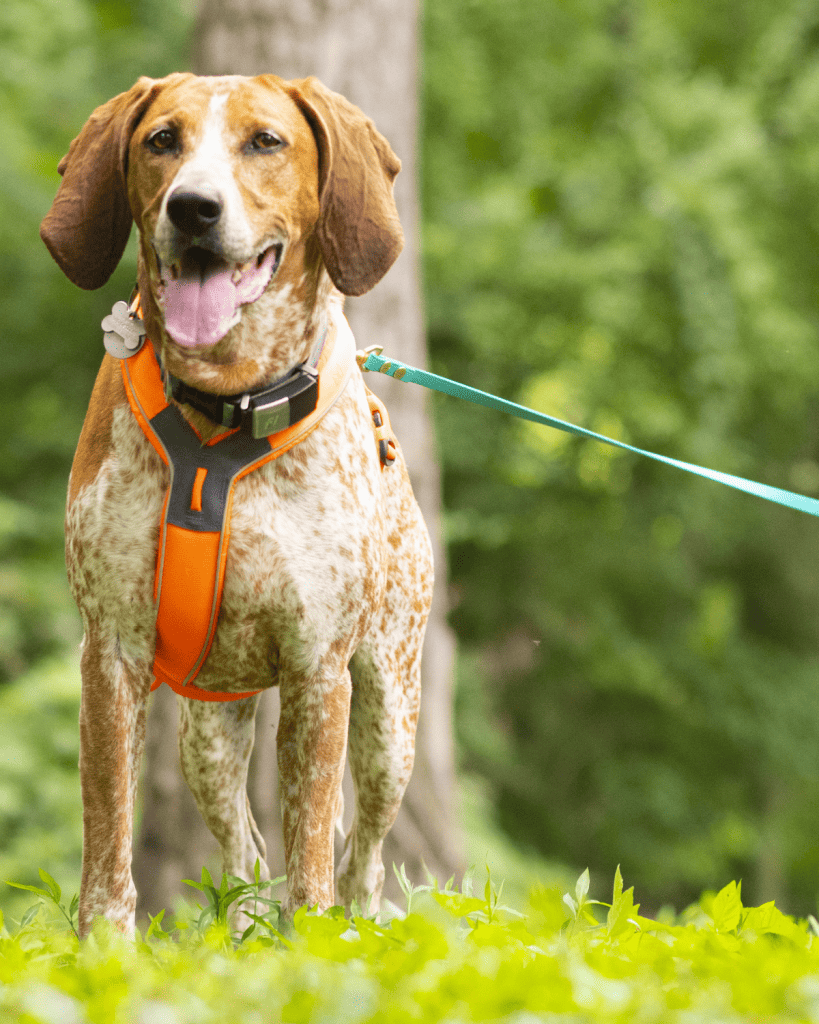
Training management sets the stage for successful training sessions by creating an environment conducive to learning. Dogs, just like humans, learn better in a familiar, safe, and stress-free environment. By incorporating management strategies into training, pet owners can maximize their dog’s comfort, focus, and therefore success in learning new behaviors.
Ultimately, the art of dog training management lies in anticipating your dog’s needs and reactions, and adjusting their environment to meet them. It fosters a deeper understanding and better communication between you and your dog, promoting a stronger bond and a harmonious co-existence.
In the following sections, we’ll showcase different management strategies to solve various behavioral issues, ensuring that your dog’s training journey becomes a positive, rewarding experience for both of you. From the use of a head halter to a baby gate, get ready to transform your approach to training management!
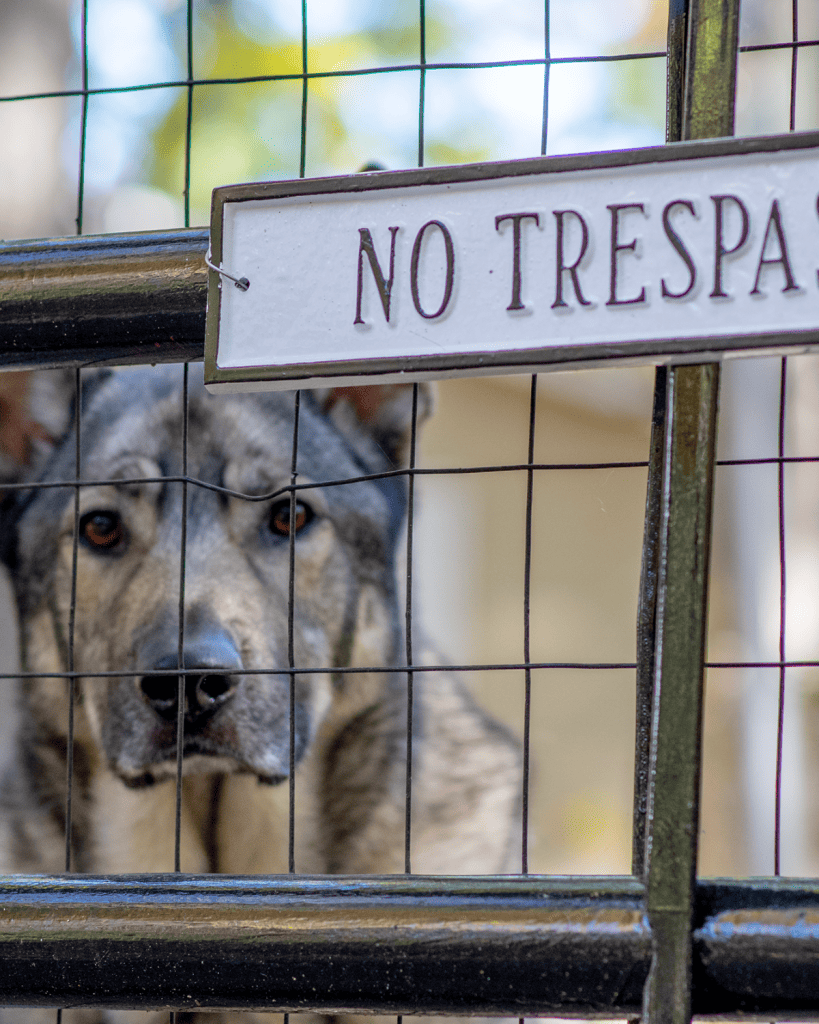
Techniques for Effective Dog Training Management
Dog training management is about taking proactive steps to prevent problem behaviors before they occur, and setting your dog up for success. Here, we dive into specific techniques that can significantly enhance the effectiveness of your dog training management.
1. Positive Reinforcement:
Positive reinforcement is probably the single most powerful training tool. This technique involves encouraging good behaviors by rewarding your dog. The key is to immediately reward the behavior you want to encourage, which could range from sitting when told, not jumping on guests, or stopping barking on command. An instant treat, praise, or play, makes the dog associate the action with a positive reaction.
Example: If your dog stays calm and doesn’t bark when the doorbell rings – something you’ve been working on – reward them with their favorite treat or extra playtime.
2. Redirection:
Redirection is a powerful technique that involves guiding your dog from an undesirable behavior to a desirable one. This could involve offering your dog a chew toy when it starts chewing your slippers or initiating a training session when it starts to show signs of restlessness.
Example: If your dog starts digging around your garden beds, redirect them to a designated digging spot and encourage them to dig there instead.
3. Use of Management Tools:
Management tools like baby gates, basket muzzles, or chew toys, can control and direct behavior effectively. However, it’s crucial to remember that these are not standalone solutions but rather tools that complement training.
Example: Baby gates can be used to keep your new puppy from wandering off into dangerous areas of the house like the kitchen, while you’re at work.
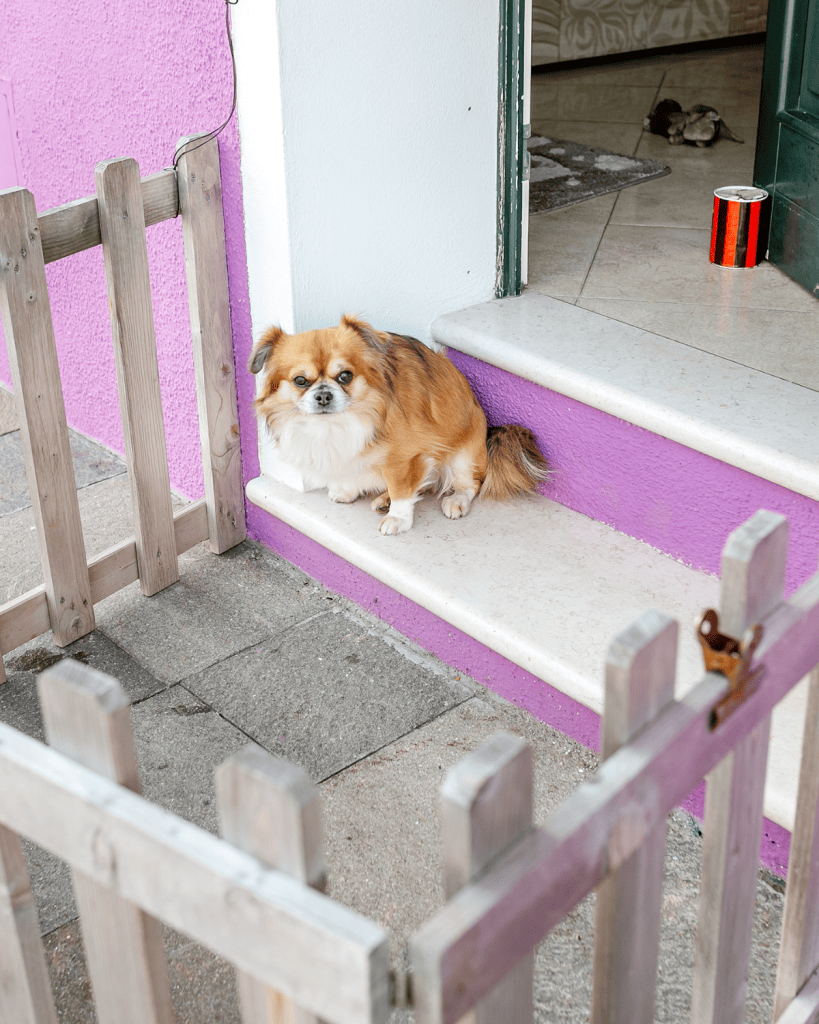
4. Consistent Routine:
Dogs thrive on consistency. Setting definite meal times, walk times, and training time can help your dog know what to expect, reducing anxiety and undesirable behaviors. Routine is really powerful.
Example: Having a consistent morning routine – wake up, go out for a toilet break, breakfast, then a walk – can help ease your dog into the day and promote calm behavior.
5. Boundary Setting:
Setting boundaries and rules are crucial for managing a dog’s behavior. This can involve teaching your dog to stay off furniture, not enter certain rooms, or teaching them specific commands like “leave it.”
Example: You can use a command like “place” to teach your dog to go to their bed when guests arrive, helping avoid overly-enthusiastic greetings.
By effectively integrating these techniques into your training management plan, you can instill good habits, deter unwanted behaviors, and make life with your furry friend more harmonious. Remember, every dog is unique, and a technique that works for one might not be as effective for another. It’s all about understanding your dog, showing patience, and finding what works best in your individual scenario.

Common Mistakes in Dog Training Management
Training a dog is an art that requires patience, consistency, and knowledge. Even with the best intentions, it’s easy to make common mistakes that undermine the training process. Recognizing these typical errors can help dog owners improve their approach to dog training management and enjoy a healthier, happier relationship with their beloved pets.
1. Inconsistency:
The most frequent mistake dog owners make is inconsistency. Dogs, like humans, enjoy routine and consistency. Using different commands for the same behavior, varying the rules, or irregular feeding or walking times can confuse your pet and hinder the training process.
How to Avoid: Always use the same language and hand signals for specific commands. Make sure everyone in the household is on the same page when training your dog and stick to a consistent schedule for meals, walks, and training.
2. Punishment:
Punishing your dog for unwanted behavior is not as effective as encouraging good behavior. Shouting, the use of aversive tools like prong collars or ecollars, yelling at, excessive use of “no” or physically punishing a dog can lead to fear and aggression.
How to Avoid: Practice the power of positive reinforcement. Rewarding good behavior is typically more effective than punishing bad behavior. A treat, praise, or a pet-friendly toy can be excellent motivators for your dog.
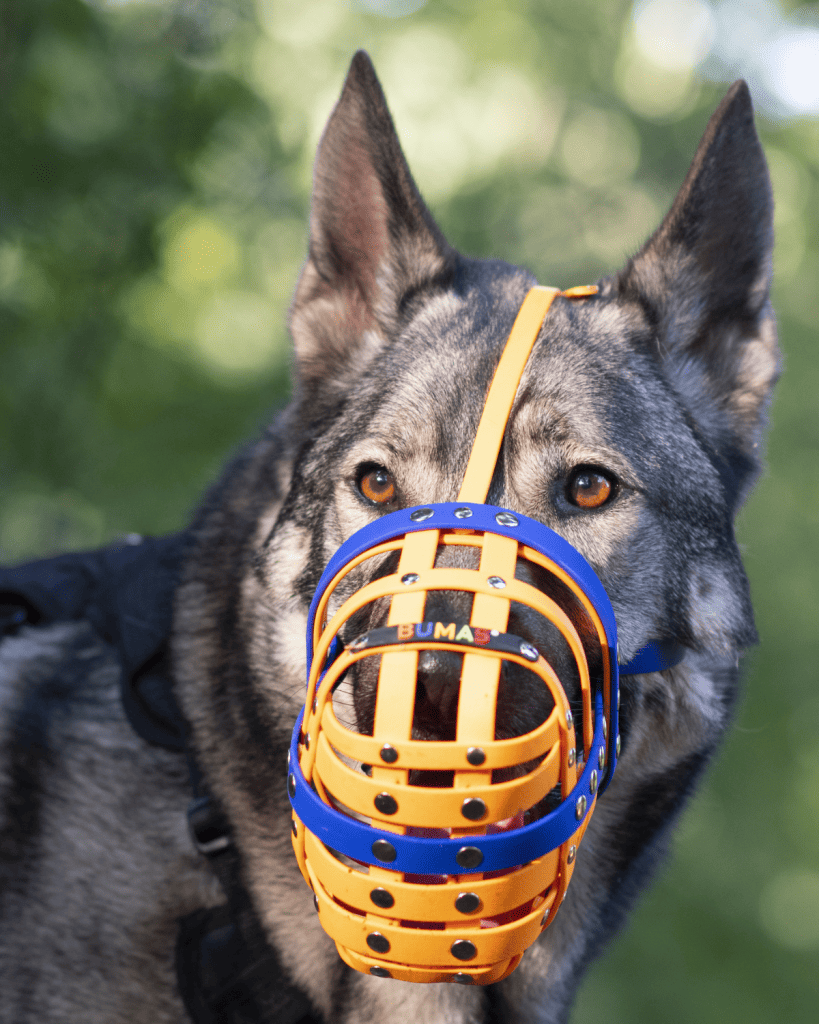
3. Waiting for Bad Behavior to Happen:
Many dog owners wait for a problem behavior to occur and then try to correct it. But it’s often easier to prevent an issue in the first place.
How to Avoid: Implement proactive dog training management techniques. Set up your dog’s environment to prevent problems from arising. This could be as simple as using baby gates to manage where your pet can go or providing chew toys to deter destructive chewing.
4. Setting Unrealistic Expectations:
Don’t expect your dog to understand complex commands right away. Also, remember that a puppy doesn’t have the same concentration and bladder control as an adult dog.
How to Avoid: Have patience. Training takes time and consistency. Set smaller, achievable goals for your dog and offer plenty of positive reinforcement when they achieve them. Give your dog space to learn at their own momentum.
5. Lack of Socialization:
Some dog owners keep their dogs isolated, which can lead to fear, aggression and anxiety towards unfamiliar dogs, humans, or environments.
How to Avoid: Gradually expose your pet to a variety of people, other animals, environments, and experiences. However, ensure that all socialization experiences are positive as negative ones could result in reactive behavior.
By avoiding these common pitfalls and embracing a patient, consistent, and positive approach to dog training management, you can help your dog learn quicker, creating a more harmonious living environment for you both. Remember, every dog is different and might respond differently to various training techniques. The key is to pinpoint what works best for your pet and build on those strategies to achieve effective dog training management.

Role of Patience in Dog Training Management
A successful dog training management strategy hinges on many factors, one of the most crucial being patience. Understanding the importance of patience and incorporating it into your training process can significantly affect the outcome and overall success of your dog’s training.
The Necessity of Patience in Dog Management
- Avoid Frustration: Training sessions can sometimes be challenging, both for you and your dog. Losing your patience and giving in to frustration not only hampers your dog’s learning but can also weaken the bond between you and your pet. Patience enables you to stay calm, provides mental clarity, and prevents any negative feelings from seeping into the training process.
- Showing Empathy: Your dog may struggle in learning certain commands or navigating new environments. Exercising patience and understanding during the training sessions can help you empathize with your dog’s difficulties, enabling you to adopt an effective approach to tackle each challenge.
- Effective Communication: Dogs are keen observers of human emotions and body language. Remaining patient ensures that your communication remains clear and consistent, allowing your dog to quickly grasp the training concepts.
- Building Trust: A patient approach to training can create a nurturing atmosphere that builds trust between you and your dog. This trust bolsters your dog’s willingness to learn and cooperate with you.
How Patience Can Impact the Outcome of the Training
- Enhanced Learning: A calm and patient environment allows your dog to concentrate better, thereby improving their learning ability. Patience also helps you to adapt your training methods to suit your dog’s learning style and pace, increasing the chances of successful training outcomes.
- Reduced Behavioral Issues: An impatient approach can create stress and anxiety for your dog, often leading to undesirable behaviors. By exercising patience, you can minimize these issues, thus leading to quicker resolutions and a better-behaved pet.
- Better Bonding: Patience promotes a more enduring, loving relationship between you and your dog. Your dog will learn to trust and depend on you, making the overall training experience more fulfilling for both parties.
- Long-term Success: Patience ensures that your dog fully understands the commands being taught, essentially guaranteeing successful long-term results. Skipping essential steps due to impatience may result in a poorly trained dog that slips back into old habits.
Patience plays a vital role in dog training management and significantly impacts the outcome of the entire process. By remaining patient, understanding, and composed, you can create a constructive learning environment and establish a foundation of trust with your dog, ultimately resulting in a well-behaved, happy pet.

Effective management is the foundation for effective training
Effective dog training management is an essential component of responsible pet ownership. It involves using a mix of positive reinforcement, boundary setting, and consistent routines to shape your dog’s behavior constructively. Having patience, avoiding common pitfalls, and recognizing the multitude of benefits this approach brings are critical to enjoy a rewarding, respectful, and loving relationship with your furry friend.
There’s always more to learn when it comes to your dog’s well-being. Stay informed about other key aspects of pet ownership, training techniques, attractive tips, and the latest research by joining our newsletter. Get yourself equipped with the knowledge to ensure a happy, healthy lifestyle for your beloved pet. Click the ‘Subscribe’ button and join our loving and caring community of pet enthusiasts today!

Author, Ali Smith
Ali Smith is a professional, qualified, and multi-award winning trainer is the founder of rebarkable. She has always believed animals deserve kindness and champions force free methods. Believing that dog guardians will all choose the kindest options if proper information is provided, she aims to help all dog guardians who need it and make dog training as accessible as possible
Ali lives win Maryland, US with her husband and her three dogs.





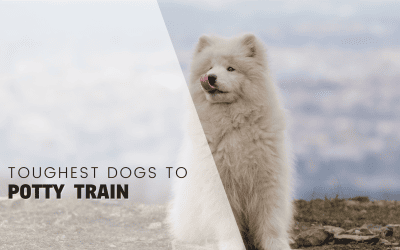

0 Comments